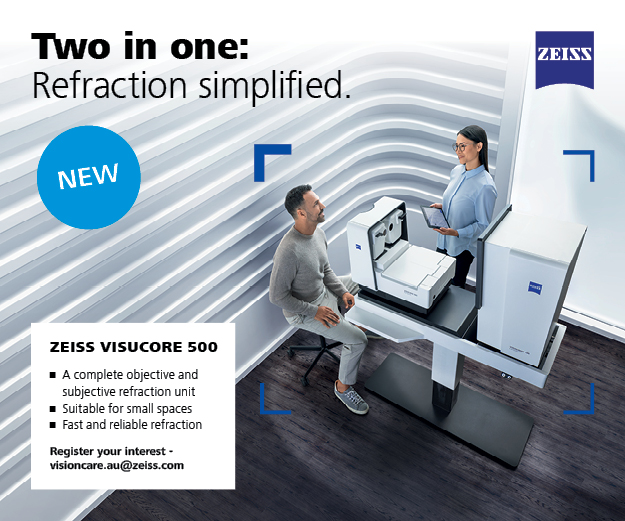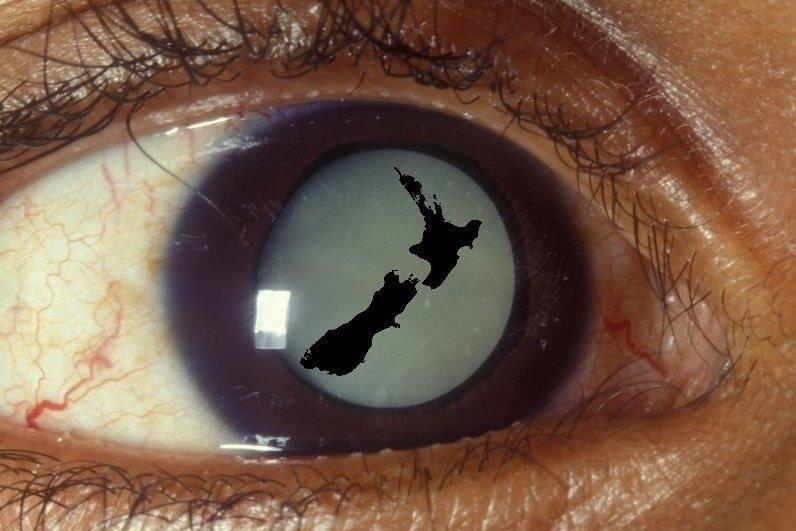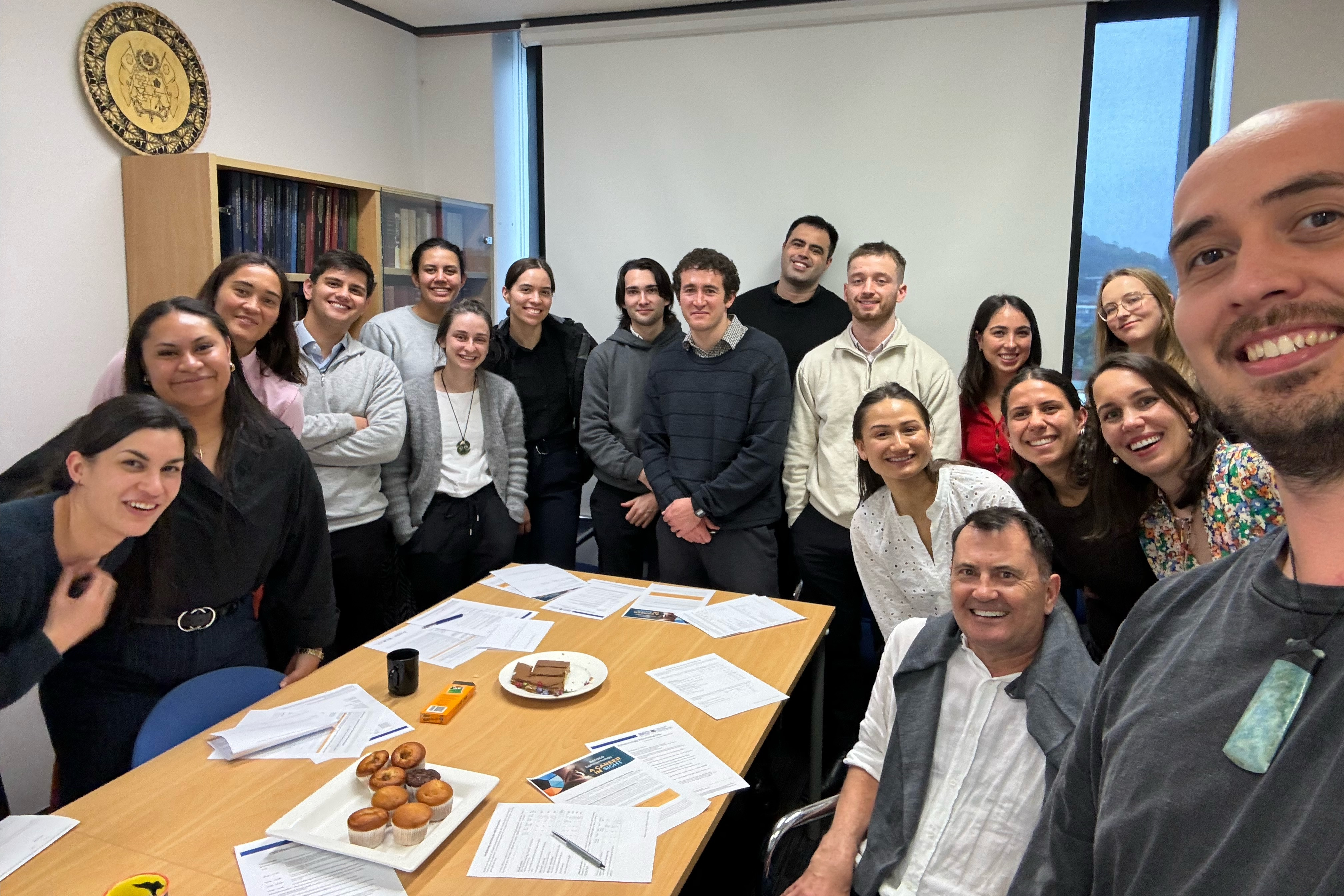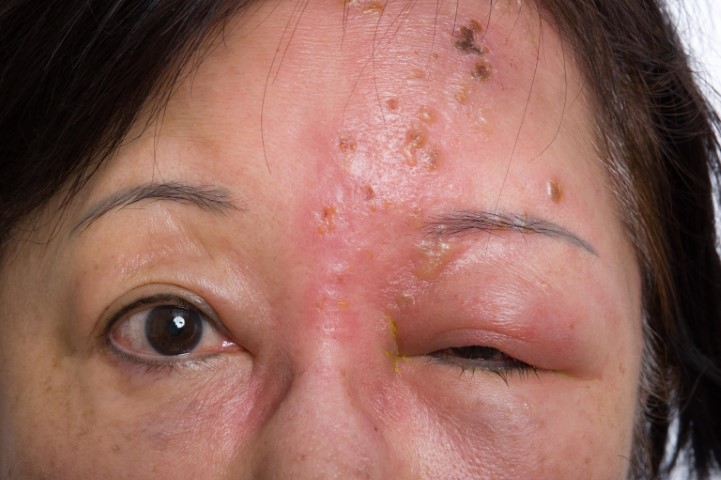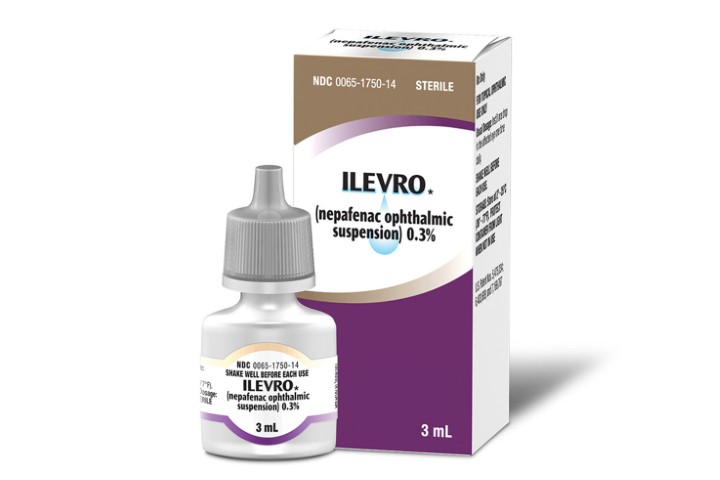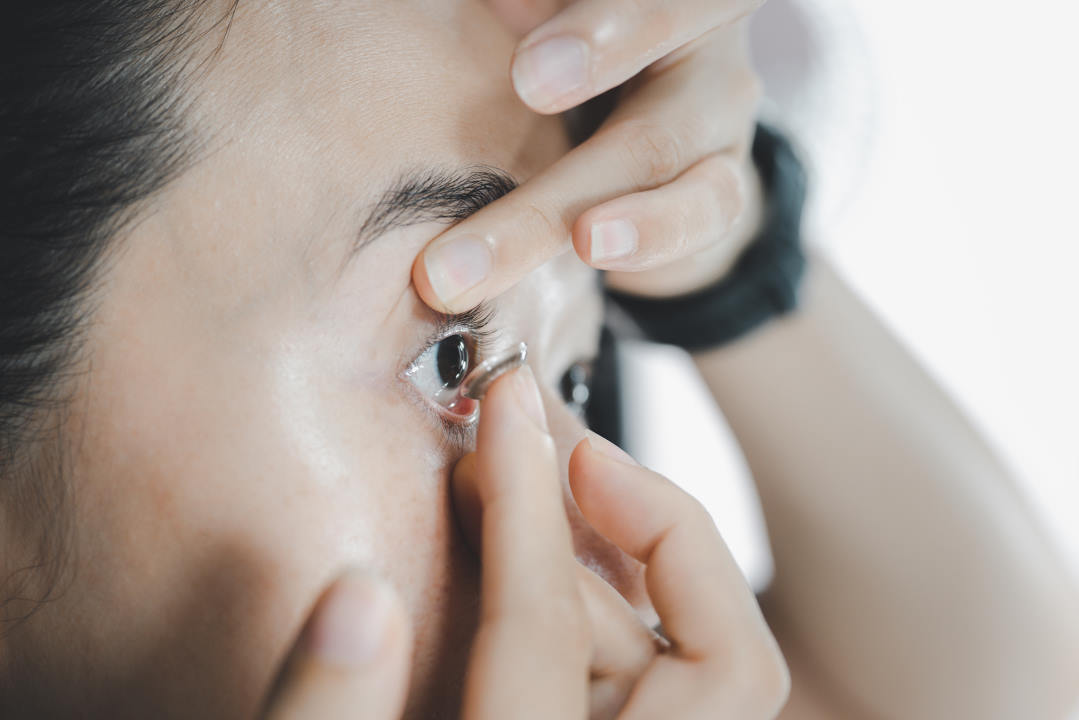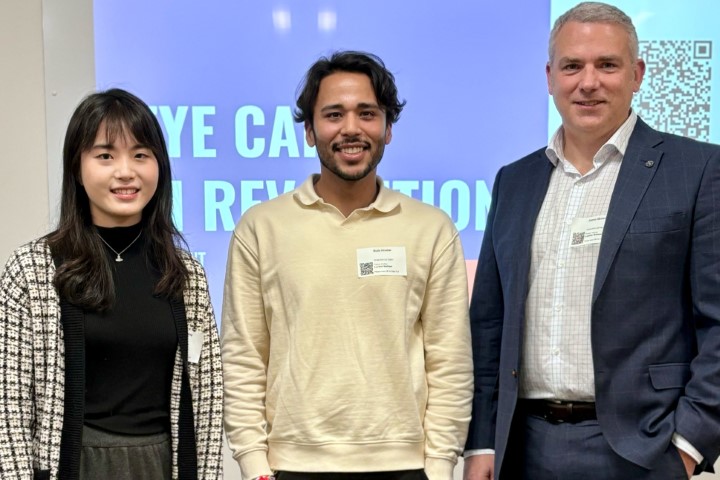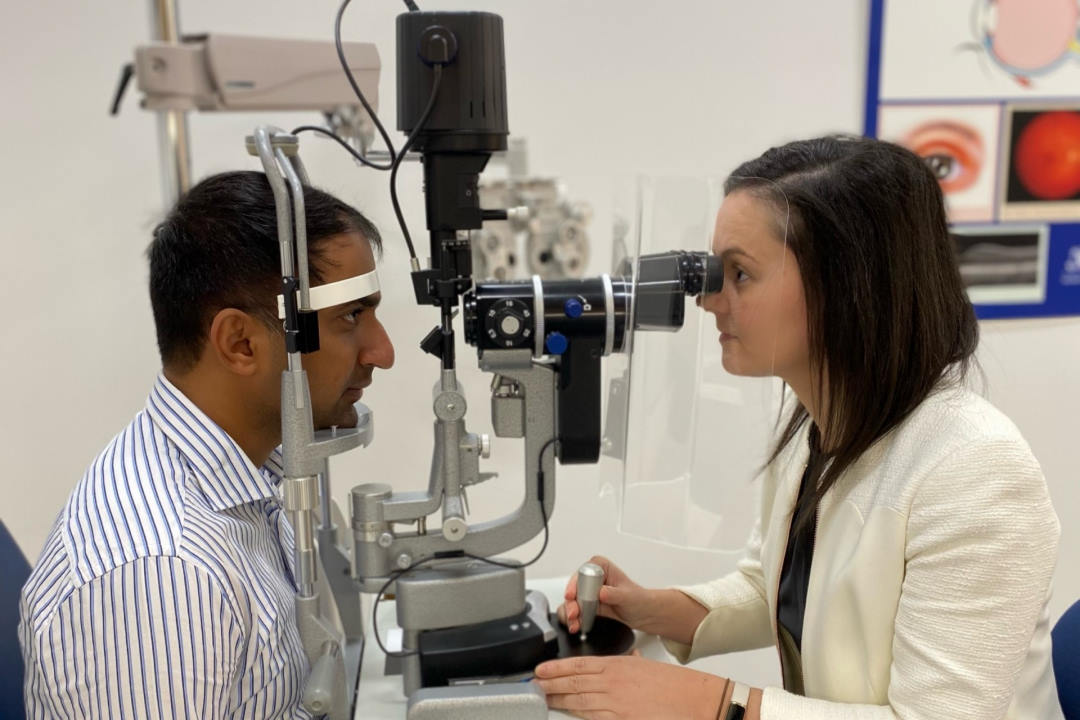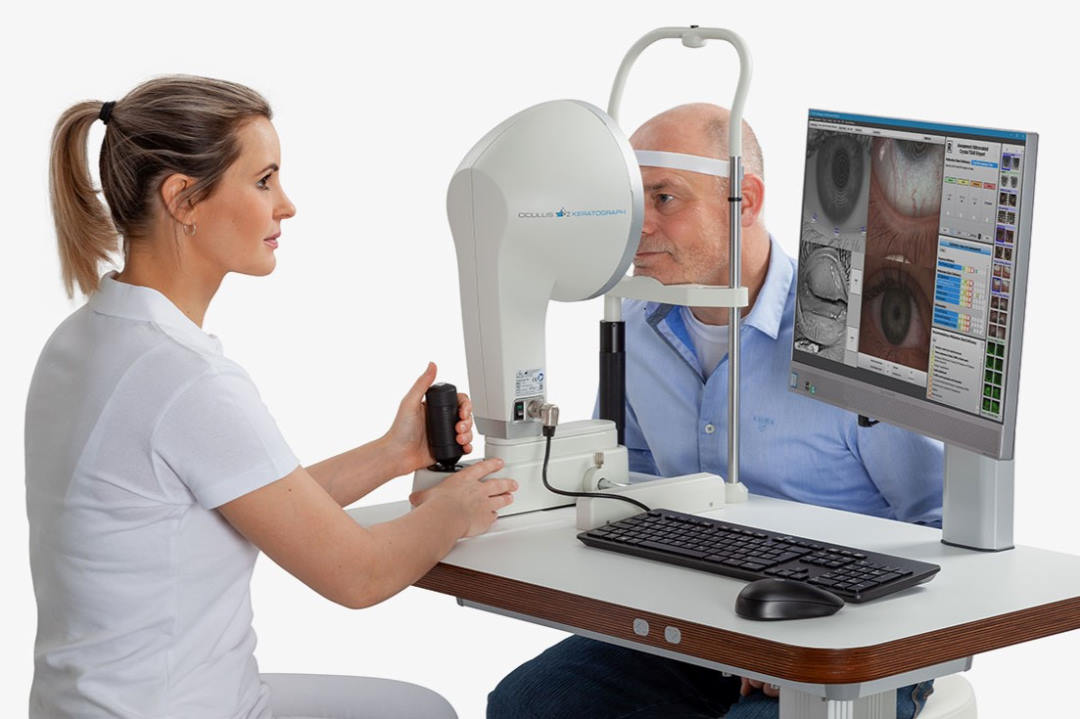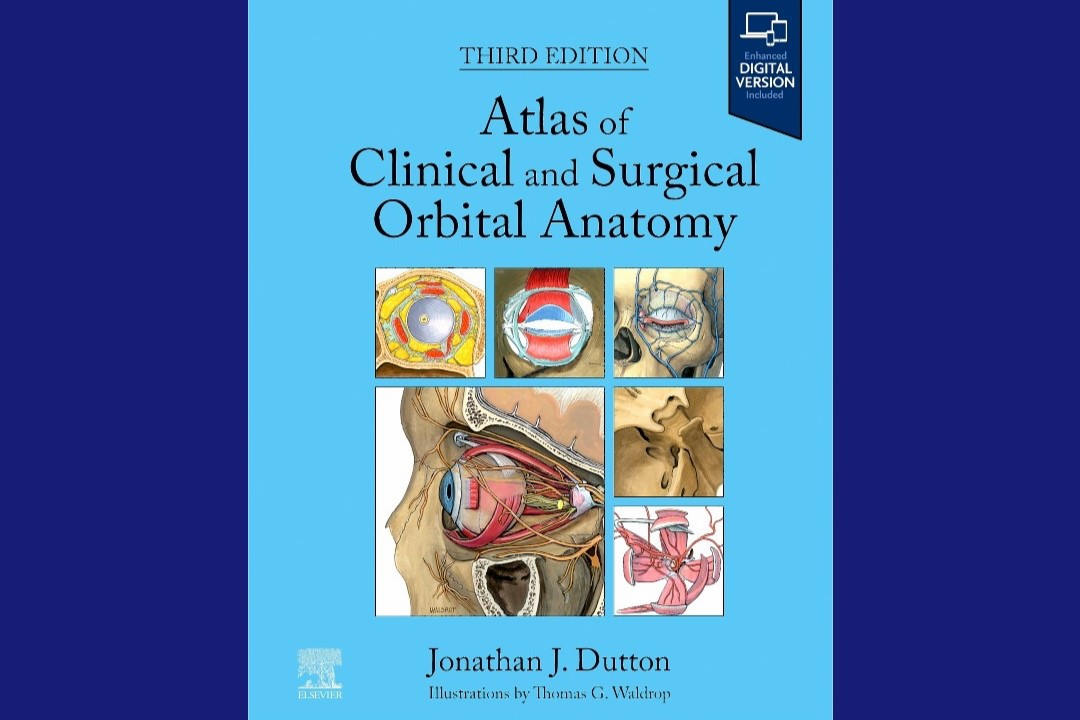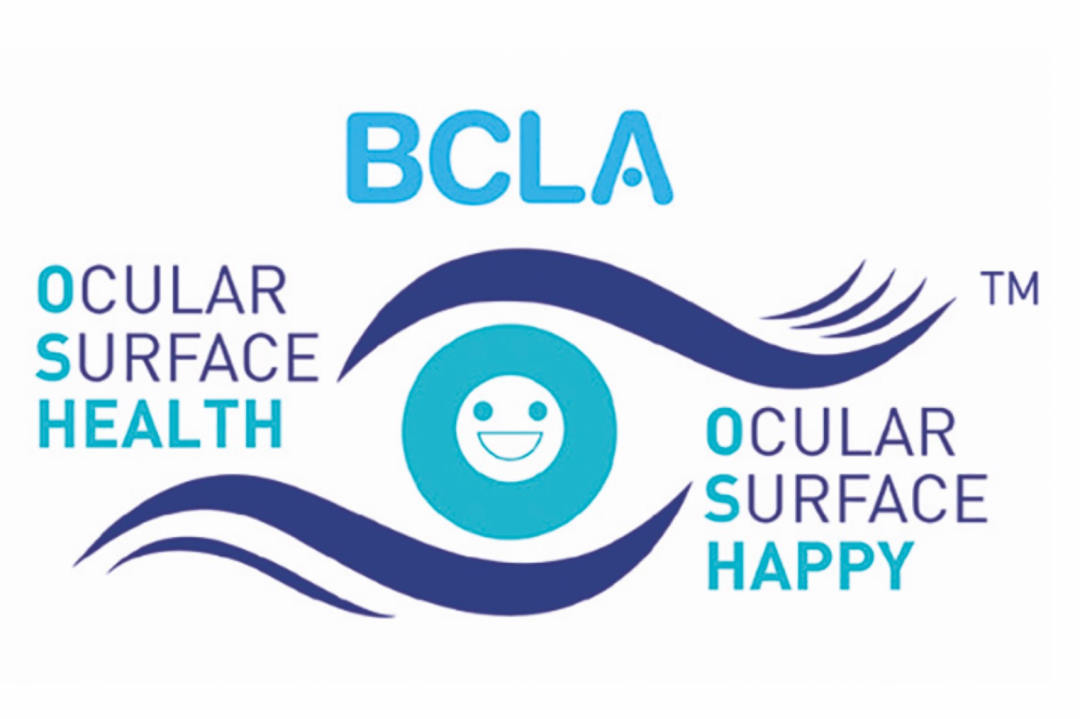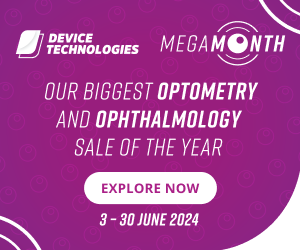Strengthening bonds to enhance acute care
On a chilly August evening, Greenlane Eye Clinic proudly hosted its inaugural seminar on emergency eyecare, aimed at enhancing collaboration between community optometrists and our acute eyecare team. The event began with a warm welcome from our hospital team, including optometrists Richard Johnson, Reuben Gordon, Robyn Stirling, Deborah Chan, Tracey Jones, Harpreet Singh and myself.
Dr Kathleeya Stang-Veldhouse, a lead ophthalmologist in our Acute Eye Service (AES), noted the service receives over 60 referrals per day from community optometrists and GPs. Her presentation detailed the AES structure, including referral guidelines, triage procedures and the essentials of a quality referral. The service is supported by a diverse team of consultants, fellows, both training and non-training registrars, junior research fellows, nurse practitioners, clinical nurse specialists, optometrists and acute clinic nurses. Each role is crucial in ensuring timely and effective patient care.
Not a walk-in service
Dr Stang-Veldhouse emphasised the clinic is not a walk-in service – referrals should be made via HealthLink or phone consult (after which an online referral is still required). Patients without such referrals will undergo triage by nurses and senior clinicians and, if no immediate issue is identified, they may be advised to return to their GP or optometrist, or be rescheduled into the Acute Referrals Clinic or another subspecialty clinic as appropriate.

Emergency eye care admins Tracey Jones and Natasha Wessels
Several ocular emergencies require same-day assessment, including open-globe/penetrating eye injuries, chemical injuries, endophthalmitis, acute angle closure and macula-on retinal detachment. Inpatients and the very young, very old, or very ill are given priority. A thorough referral includes the patient’s name, date of birth, NHI number, a concise history of symptoms, vital signs of the eye, visual acuity and intraocular pressure.
Dr Stang-Veldhouse urged practitioners not to take offence if additional information is requested. “Due to our limited resources, certain pertinent details are required to triage referrals accordingly,” she explained. Community optometrists should also inform patients of expected wait times of at least two hours (and sometimes exceeding five). Non-urgent cases may be rescheduled.
Our second speaker, nurse practitioner Kathryn Millichamp, presented her research on ocular emergencies. She analysed 7,641 cases presenting to the Greenlane Clinic over a six-month period. Her findings included the following distributions of true ophthalmic emergencies: chemical injury, 1.88% (n=123, with 2 out of 123 requiring admission); acute angle closure crisis, 0.11% (n=7); orbital cellulitis, 0.06% (n=4); endophthalmitis/hypopyon, 0.03% (n=2); penetrating eye injury/globe rupture, 0.015% (n=1). Other conditions requiring same-day review included: uveitis, 13% (n=871); blunt trauma, 10.5% (n=687); keratitis, 9.3% (n=610); preseptal cellulitis, 2.2% (n=145); retinal detachment, 0.52% (n=34).

Deborah Chan and Harpreet Singh
Millichamp also discussed vision loss due to systemic or vascular causes, which accounted for 4.2% of cases. She demonstrated the management of chemical injuries, detailing the appropriate on-site care, practices in optometry and protocols upon patient arrival at Greenlane. She also explained red flags for ocular trauma and vision loss and provided tips for effective referrals, emphasising the importance of comprehensive information in managing ocular emergencies.
An eye for detail
Carly Henley, the Allied Health Unit manager, oversees a team of 34 professionals, including optometrists, orthoptists and ophthalmic technicians. A UK-qualified orthoptist with over 28 years of experience in both paediatric and adult binocular vision disorders, she discussed the triaging of paediatric referrals. She stressed the importance of including detailed information to help the Greenlane team accurately identify and prioritise acute paediatric ocular conditions.
Essential referral details include:
- Previous ocular history
- Family history of eye problems (eg, refractive error, squint, patching or significant conditions like infantile glaucoma, cataract, or retinoblastoma)
- General health and medical history, including developmental issues
- Birth history (eg, gestational age, delivery details, birth weight and any complications).
Henley also reviewed the paediatric referral guidelines on Healthpoint, which assist optometrists in gathering critical information to ensure appropriate triage. She highlighted the importance of thorough clinical examination and attentive listening to symptoms.
Dr Vince Wilkinson, a junior medical retina fellow at Greenlane, provided an update on herpes zoster ophthalmicus (HZO). He explained that approximately 1 in 3 of adults will develop shingles*. Of those, 10–20% will experience HZO, which can lead to moderate vision loss (≤6/15) in 9.6% of cases and severe vision loss (≤6/60) in 3.6%. Risk factors for vision loss in HZO include poor presenting visual acuity, older age, uveitis and immunosuppression. Complications can include corneal scarring, corneal perforation and secondary glaucoma. Dr Wilkinson stressed that antiviral treatment within 72 hours of symptoms developing is crucial to reduce the risk of vision loss and cerebrovascular accidents, particularly for individuals under 40. He also noted that HZO relapses occur in about 20% of cases, highlighting the importance of timely treatment and vaccination.
Richard Johnson, a senior hospital optometrist, presented three challenging case studies: diabetic vitreous haemorrhage, phacomorphic glaucoma and hypertensive retinopathy. Despite each initially presenting with diverse clinical signs, the correct diagnoses were made and good outcomes were achieved. Johnson’s key takeaway was to avoid assuming previous diagnoses are correct and ensure clinical findings align with the current diagnosis.
Attendees were invited to observe various hospital clinics, including emergency, paediatric, advanced contact lens, postoperative and low vision.

Vicky Wang is a therapeutically qualified optometrist currently working for Health NZ Te Whatu Ora Auckland.





